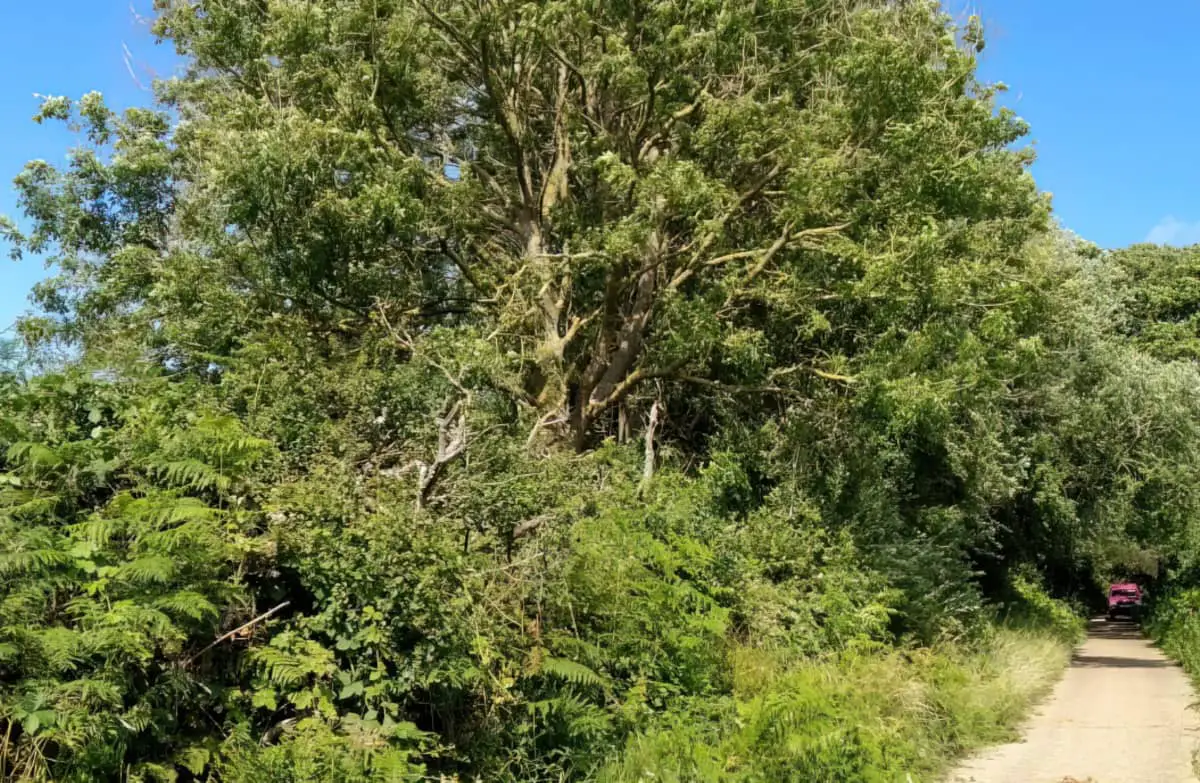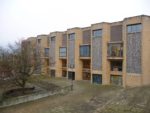Essential tree safety work is set to start on Monday (7th November) along the Shanklin to Wroxall cycleway.
The Isle of Wight council has identified between 85 and 100 trees infected with Ash dieback disease that are in need of urgent attention to keep route-users safe.
Five-weeks of work
The works are expected to last around five weeks with the cyclepath closed throughout the week (Monday-Friday) to ensure they can be carried out as swiftly and as safely as possible.
The council aims to have the cyclepath open every weekend during the work, but, in the event of unforeseen emergencies, this may not always be possible. Clear signage will be at either end of the route.
Some trees will need to be removed
Many of the diseased trees can be made safe by the removal of branches or other minor works, but unfortunately, some will need to be removed.
The council plans to plant new trees in parks and amenity grassland across the Isle of Wight as part of its ongoing aim to replace trees two for one, increasing tree cover on the Island’s landscape for future generations.
Jordan: Committed to keeping our public open spaces and cycleways safe for everyone
Cllr Phil Jordan, Cabinet member for highways and infrastructure, explained,
“Our trees are regularly assessed by competent tree experts, and sometimes this means we need to do work to keep them safe for everybody.
“Due to the number of trees involved, their locations, and the desire to get the work done as quickly and efficiently as possible to reduce closure time of the route overall, we have decided to close the entire cycleway during the week while work is being carried out for everyone’s safety.
“The most urgent tree work needs to take place on trees which are mainly located at the Shanklin end between the entrance to the Lower Hyde Holiday Centre, and the bridge crossing the cycleway on Victoria Avenue and will be worked on first.
“We ask people not to use any of the cycle route while it is closed. Signage will be erected at either end of the working areas advising of the closure, which is for both public and contractor safety.
“We want to increase tree cover on council land by planting more trees in the future and working with local people to conserve and enhance our natural assets for generations to come.
“We’re committed to keeping our public open spaces and cycleways safe for everyone — with plenty of trees and woodland.”
Find out more
Ash dieback, Hymenoscyphus fraxineus (formerly known as Chalara fraxinea) is the most damaging tree disease since Dutch elm.
More information on Ash dieback can be found on the Website.
News shared by Isle of Wight council press office, in their own words. Ed





